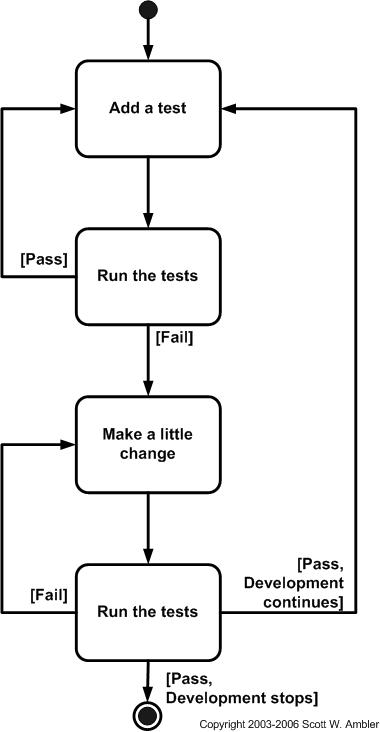
Thought I'd share a cool passage from Dr. Brooks regarding creativity and the joy of development:
"First is the sheer joy of making things. As the child delights in his mud pie, so the adult enjoys building things, especially things of his own design. I think this delight must be an image of God's delight in making things, a delight shown in the distinctness and newness of each leaf and each snowflake.
Second is the pleasure of making things that are useful to other people. Deep within, we want others to use our work and to find it helpful." [Brooks 1986]
This really resonates with me. I suppose it's what gets me out of bed each morning. There is something incredibly exciting about producing new and useful applications.
I've always said that creativity and godliness go hand in hand. Does that make me a megalomaniac? At times I do like to burn the midnight oil a bit too much. But damn it all if it isn't rewarding!
For instance: Take www.gogolingo.com. I allowed this project to wreck havoc on my life. During its production, I hardly slept, I barely socialized, I squeezed every last ounce of energy out my body and I loved it. For all my troubles, I have a shiny sparkling experience to share with the world and that's somehow worth what seemed like pain at the time.
I've gotten side tracked but the point should ring true. Dr. Brooks is spot on with his observation that creation is very rewarding.




